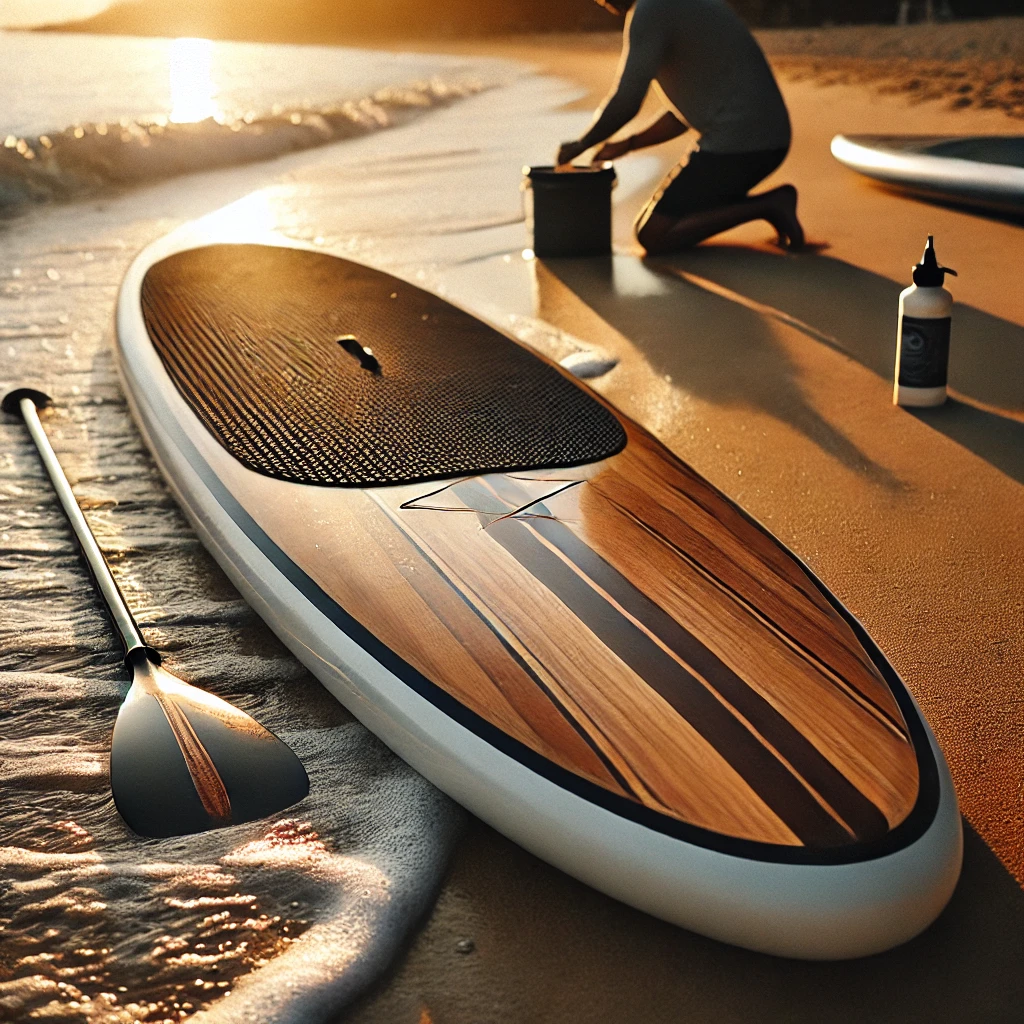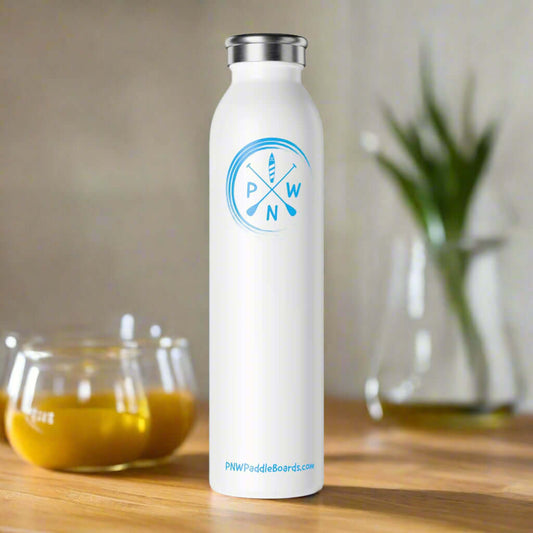
Extend Your Epoxy Paddleboard Life with Simple Tips
Frequently Asked Questions
1. What is an epoxy paddleboard?
2. Why is regular maintenance important for my epoxy paddleboard?
3. How should I clean my epoxy paddleboard?
4. What are some storage tips for my epoxy paddleboard?
5. What should I do if my epoxy paddleboard gets damaged?
If you own an epoxy paddleboard, you know just how enjoyable those sunny days on the water can be. However, keeping your paddleboard in top shape requires consistent maintenance. In this article, we’ll discuss essential tips for preserving the integrity and performance of your epoxy paddleboard, ensuring countless hours of fun on the water. Whether you prefer a soft top paddleboard or another style, these maintenance practices are crucial for all types of boards.
Understanding Your Epoxy Paddleboard
Epoxy paddleboards are renowned for their durability and lightweight characteristics. Constructed using foam cores and coated with epoxy resin, these boards offer superior performance and responsiveness. However, their composite nature requires thoughtful care to prevent damage.
Why Regular Maintenance Is Essential
Maintaining your epoxy paddleboard not only prolongs its lifespan but also enhances your paddling experience. Here are some reasons why regular upkeep is non-negotiable:
- Preserving Performance: Consistent care ensures your paddleboard remains buoyant and responsive.
- Protecting Investment: Taking care of your paddleboard protects your financial investment.
- Enhancing Safety: A well-maintained paddleboard reduces the risk of accidents and injuries while paddling.
Essential Maintenance Practices
Below are some essential tips when it comes to maintaining your epoxy paddleboard:
1. Rinse After Use
Saltwater and sand can accumulate on your paddleboard after a fun day on the coast. Rinsing your board with fresh water immediately after use is vital. This simple step removes residue that may erode the surface if left untreated.
2. Avoid Direct Sunlight
While enjoying paddling in the sun is tempting, prolonged exposure can damage your board’s epoxy coating. After use, store your paddleboard in a shaded area or inside a board bag to protect it from ultraviolet (UV) rays, which can fade colors and warp the materials.
3. Routine Inspection
Performing regular inspections helps to catch any potential issues before they escalate. Here are key areas to check:
- Surface Scratches: Look for tiny scratches on the board surface. These can lead to water penetration, which may cause internal damage.
- Fins: Ensure that the fins are intact and securely attached. Loose or broken fins can inhibit performance.
- Leash Attachment: Check the leash attachment point to ensure it's secure and isn’t showing signs of wear.
4. Clean the Board Regularly
In addition to post-use rinsing, ensure that your paddleboard is cleaned at least every few outings. Use a non-abrasive sponge or cloth along with a mild detergent to wipe down the entire surface. This helps remove dirt and algae that may adhere to the board.
Storage Tips for Longevity
How you store your paddleboard can significantly impact its longevity. Here are some best practices for optimal storage:
Store Indoors When Possible
If you have space, it’s best to store your epoxy paddleboard in a dry, indoor environment. High humidity levels can damage the board’s material over time. If indoor storage is not an option, use a quality tarp or cover to shield it from the elements.

Use a Paddleboard Rack
Consider investing in a paddleboard rack for vertical storage. This helps distribute weight evenly, preventing warping. Avoid leaning your board against a wall or storing it flat, as this can create pressure points and lead to deformations.
Repairing Damage Promptly
Even with the best care, accidents can happen. Addressing any issues immediately is paramount for maintaining your paddleboard's integrity.
Small Scratches and Dents
For minor scratches and dings, you can often fix them yourself. Make sure the affected area is clean and dry, then apply a repair kit made for epoxy boards, following the manufacturer's instructions closely.
Cracks or Delamination
More severe damage like cracks or delamination may require professional repair. Visit a technician specializing in paddleboards to get accurate assessments and solutions. Ignoring these issues can lead to more significant problems down the line.
Protective Measures
Implementing protective measures can go a long way in maintaining your epoxy paddleboard:
Use a Paddleboard Bag
Invest in a quality padded paddleboard bag. This offers protection against impacts during transport and reduces environmental exposure when not in use.
Apply a UV Protectant
Consider applying a UV protectant specifically designed for paddleboards. This adds an extra layer of defense against sun damage while maintaining the appearance of your board.
Common Mistakes to Avoid
- Neglecting Regular Cleaning: Skipping routine cleanings can lead to long-term stains and material corruption.
- Using Harsh Chemicals: Avoid abrasive or harsh cleaning products that can erode the board's surface.
- Transporting Without Protection: Always use a soft top paddleboard bag or cover during transport to prevent scratches.
Embrace the Care Routine!
Maintaining your epoxy paddleboard doesn't have to be a chore. By implementing these key practices into your routine, you’ll ensure that your board remains in great working order, bringing you joy for many seasons to come. Whether you own a soft top paddleboard or a traditional epoxy board, these tips are designed to protect your investment and enhance your paddling adventures.
Take charge of your paddleboard's maintenance today and experience the difference. Remember, a little prevention goes a long way—so start today and make a splash!
Discover the creativity of other Shopify or Wix store owners by visiting their stores. Follow this link to their online store. Please remember that this is a promotional link, and we assume no liability for the content of the linked store.


















































